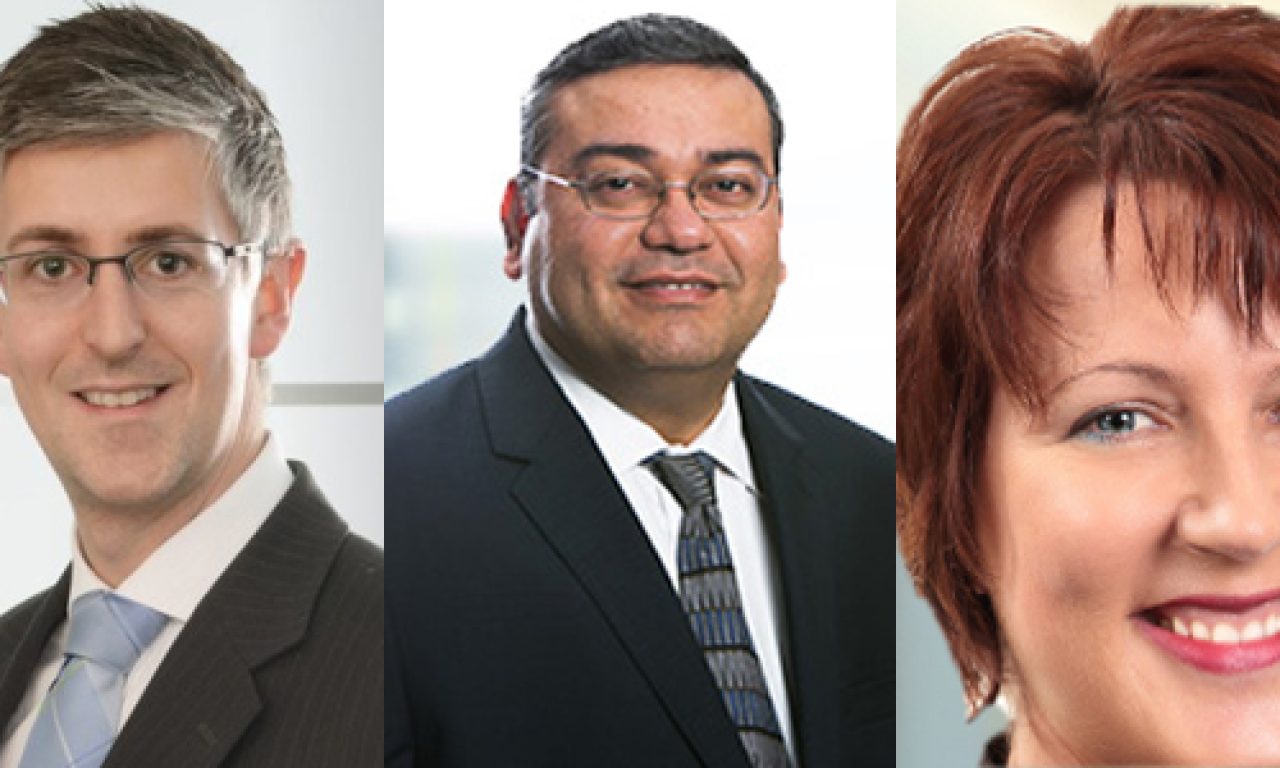An under-researched element in the professional investment process is portfolio construction. Yet, according to a joint research effort by implementation specialist manager Parametric and the Sydney-based Australian Catholic Superannuation and Retirement Fund, the rewards can be very significant.
The research report, ‘Optimality Is in the Eye of the Beholder: The Science and Art of Equity Portfolio Construction’, shows how a range of optimum outcomes is possible depending on the investing organisation’s investment philosophy, level of confidence in active versus passive management, its fee budget and risk budget. It represents an interesting and rare collaboration between manager and asset owner in some research which is of the benefit of the whole industry.
The researchers – Raewyn Williams and Mahesh Pritamani from Parametric and Chris Drew, investment manager, at the Sydney Catholics – set about to build a hypothetical fund with a specific set of beliefs and sensitivities and demonstrate the tools this fund could use to blend equity portfolio ingredients to create a portfolio that it considers optimum. The optimum portfolio for this hypothetical fund turned out to be an 80 per cent passive core and 20 per cent active four-manager satellite, including developed and emerging markets. This demonstrated only a “modest” conviction in active management. The optimum outcome also assumed active tax management of the portfolio and efficient implementation to keep costs at a minimum
“This allocation provided the highest potential to maximise returns on a risk-adjusted basis, post-tax, while requiring onlythat the active managers be moderately skilled and the passive core be tax-managed to provide some damage control over the tax impacts of active management,” the paper says.
“This optimal blend keeps overall tracking error (to our hypothetical fund’s benchmark) well below 2 per cent and overall fees well below 0.5 per cent – our hypothetical fund’s annual risk and fee constraints – which we believe is very competitive for a multi-manager all-countries equity portfolio with active-investment and tax-management components.”
This method, the researchers say, represents the “science” of portfolio construction. They then applied the “art” which is the wider lens of judgement, industry awareness and “member-centricity”, to ultimately settle on an optimal equity portfolio design.
“Because optimality is in the eye of the beholder, how well these findings guide superannuation funds will depend on whether they relate to the investment beliefs, objectives and sensitivities of our hypothetical fund. While our fund profile is realistic, even funds that consider themselves very different (for example, not peer sensitive, not fee constrained nor completely indifferent to tax) will find useful insights.”
Low fees not necessarily better returns after all costs
They demonstrate the importance of articulating investment beliefs and reflecting them, as much as practicable, in the portfolio construction. The model allows any fund to blend particular equity ingredients in an optimal way (based on how it defines ‘optimal’) and also shows how tax, when not actively managed, can cut into the outcome.
An interesting additional element to come out of the research was that it questioned the wisdom of setting fee and risk budgets as “hard” rather than “soft” constraints. “Many of the optimal portfolio possibilities we identify are simply off the table for funds investing under such strictures,” the paper says.
“[The] impact of a triad of sensitivities—risk, fees and tax (we might also add transaction costs)—will skew a fund’s preferences toward a higher allocation to a passive core relative to funds without such sensitivities. In other words, the natural upper bound to an active satellite allocation will be lower the more sensitive a fund is to these real-world costs.”
A higher conviction in active management, and ability to identify a certain skill level in the managers, allows both the risk (tracking error) and fee budgets to target a higher after-tax after-fee return. In one simulation, the researchers show the investor could get an extra 152bps of excess returns annually with just a 20 per cent passive core, or even no passive core. But it requires an impressive level of manager performance.
“We suggest that, before committing to a baseline ‘scientific’ determination of what is optimal, funds step back to consider what portfolio design possibilities lay just a little beyond the limits of their specifications. This is where the ‘art’ comes in. We would like to see analyses like ours sponsor good discussions within superannuation funds about what possibilities are simply off the table because of hard constraints imposed on equity portfolio design,” the paper says.
Mental strictures that could be challenged include:
- An unwillingness to revisit alpha expectations
- A need to consider the trade-offs between uncertain alpha and controllable costs like tax, brokerage fees and commissions
- Targeting headline fee outcomes rather than net outcomes for members
- The appropriateness of tracking error as a definition of risk, and
- The relevance of a fund’s standing in its peer universe.
– G.B.

